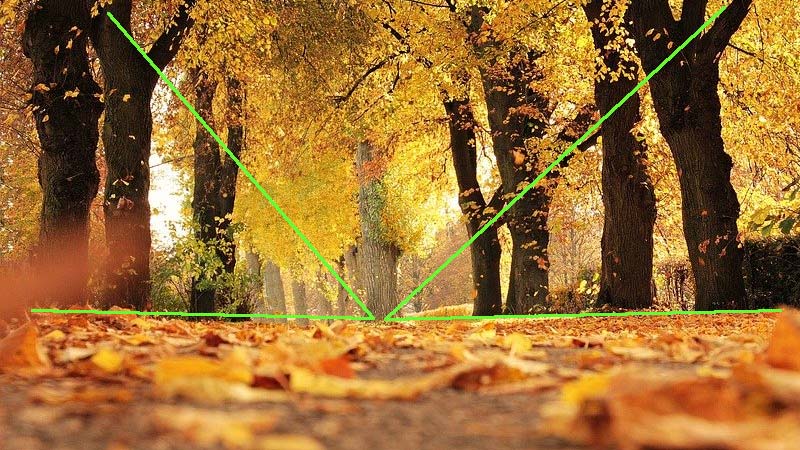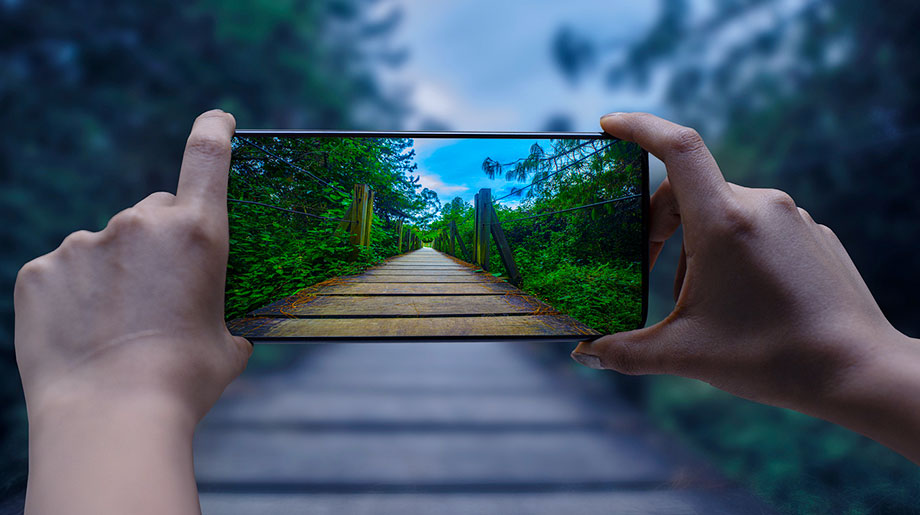What are leading lines in photography?
Leading lines in photography are exactly what they sound like.
Simply put, leading lines draw the viewer’s eye to the subject of the photograph using converging lines. Leading lines are different from diagonals, which usually just use the direction of a single line. But, either way, our eyes are naturally drawn to lines in an image.
Leading lines are slightly different from paths, or roads, etc. that just lead the eye to the horizon, or a vanishing point. Remember that leading lines move the eye to the subject in an image.
As well as being one of the best ways to move the viewer’s attention to the subject, they’re also one of the easiest compositional techniques to achieve.
Some examples of leading lines are;
- Roads
- Train tracks
- Fences
- Streams
- Window panes
- Furniture
- Buildings
- Doorways
- Pathways
- A row of trees
- Bridges
- Railings
- Rivers
- Shorelines
- Lamp Posts
If you look for them, leading lines are everywhere around us.
Tips for using leading lines in photography
Study the scene for leading lines

Leading lines are everywhere and because of that, we stop noticing them in our everyday lives. So, the first thing to do, is start consciously looking for them.
Before you start shooting, have a quick look around the area. Try to identify anything that could produce a leading lines addition to the image. It often helps if you view the scene through the screen on your smartphone. Leading lines show up more easily when viewed through a two-dimensional medium.
Interrupt your leading lines

Your subject doesn’t have to be place at the end of your leading lines. Try mixing it up and position the subject somewhere along the leading lines. Remember that the leading lines aren’t the subject. They are merely a directional clue, that leads the viewer to the subject of the image. Experiment with various positions and see which works best for your original vision.
Leading lines don’t have to be straight

The object of leading lines in photography, is to lead the viewer’s eye through the photograph. Because ‘straight’ leading lines occur to us most naturally, we tend to move toward those types of leading lines. But, a curved route can work just as well. In fact, they’re sometimes better.
Whereas straight leading lines are most often used to move the viewer immediately to the main subject. Curved lines can also take the viewer on a journey through the image. Allowing them to imagine the story.
Try different positions
 Try shooting the scene at different heights. See how the leading lines can create a different perspective and change your overall composition.
Try shooting the scene at different heights. See how the leading lines can create a different perspective and change your overall composition.
Watch the background

When you’re composing your image, take time to check for any distractions in the background. You’re using leading lines to direct the viewer toward your subject. You don’t want them getting lost because of a distracting background.
In the image above, the subject is the scooter, but your eye gets distracted by the two people walking behind it.
Leading lines in action
The following short video is from Clifford Pickett, over at The iPhone Photography School. In the video, Clifford talks you through the decisions he makes, to compose the image he sees in his mind.
Watching the video will help you to understand the process, and start to experiment with it yourself (you don’t have to go to the Italian Alps to practice 🙂 ).
Next steps
Just go out and practice. Maybe just pick one of the tips above and find as many opportunities as you can to put it to use. As with all of these compositional techniques, take lots of images. Then later, when you’ve got more time, go through them and identify what you like and what you don’t like, about each one.
There’s no beating practice, experimentation and analysis, to help you decide on your style.
Let me know how you get on.
Steve

